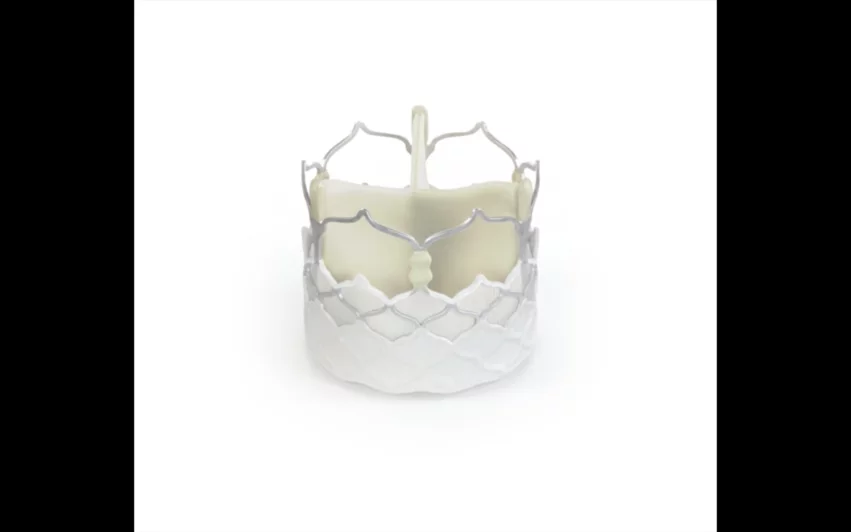A new biomimetic transcatheter aortic valve replacement (TAVR) system from Anteris Technologies could provide cardiologists with a new way to treat severe aortic stenosis (AS), according to new one-year data presented at SCAI 2024 Scientific Sessions, the annual meeting of the Society for Cardiovascular Angiography and Interventions (SCAI).
The DurAVR TAVR system, made from a single piece of anti-calcification ADAPT tissue patented by Anteris, is designed to mimic the performance of a healthy aortic valve. It is widely seen as the first transcatheter heart valve of its kind.
The data presented at SCAI 2024 focused on one-year data from the world’s first patients implanted with the device. The valve was successfully implanted in all 28 patients, and no patients showed signs of severe or even moderate AS after a full year. Researchers described the hemodynamic findings as “excellent” and said there were no valve-related strokes, life-threatening bleeding events or reinterventions.
“We are excited to share such favorable results early on in our trial as it represents a novel option for TAVR procedures by providing encouraging evidence of improved hemodynamics and normalized blood flow characteristics associated with the system,” explained author and presenter Azeem Latib, MD, director of interventional cardiology and structural heart interventions at Montefiore Medical Center in New York. “We look forward to sharing additional results that support the valve performance characteristics and how similar they are to the ones of a healthy aortic valve.”
The DurAVR TAVR system has not yet been approved by the U.S. Food and Drug Administration for treating severe AS, it is exclusively being used in an investigational capacity. Additional data will be presented by the end of 2024.
Click here for additional information about SCAI 2024 Scientific Sessions. Prior Cardiovascular Business coverage of the conference is available here, here and here.


